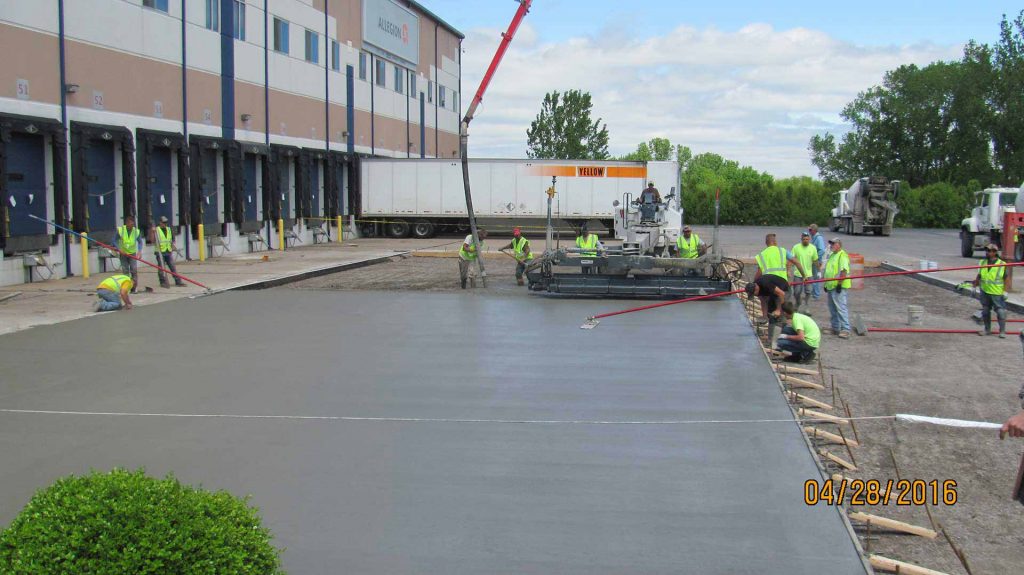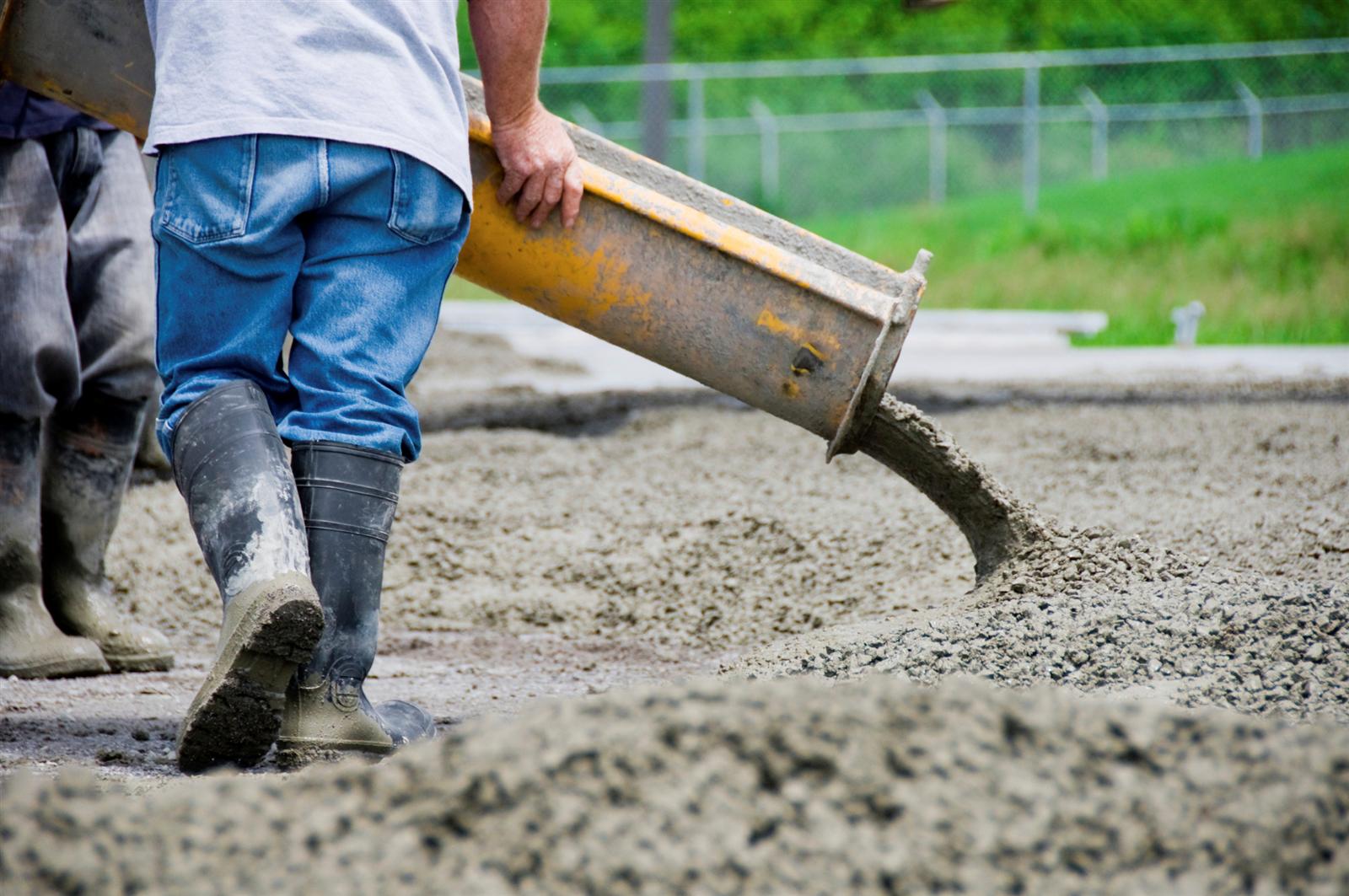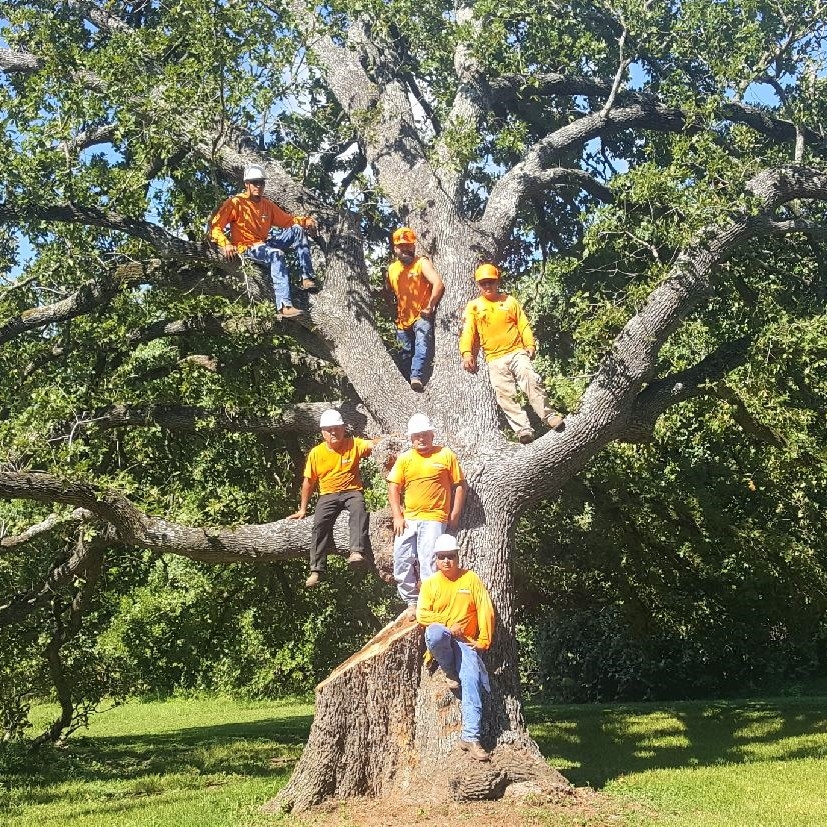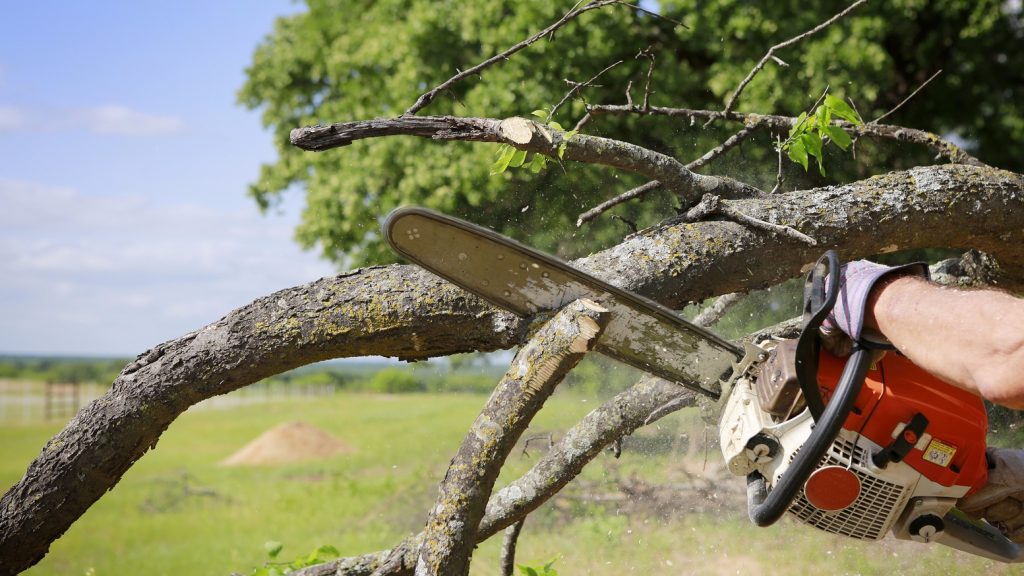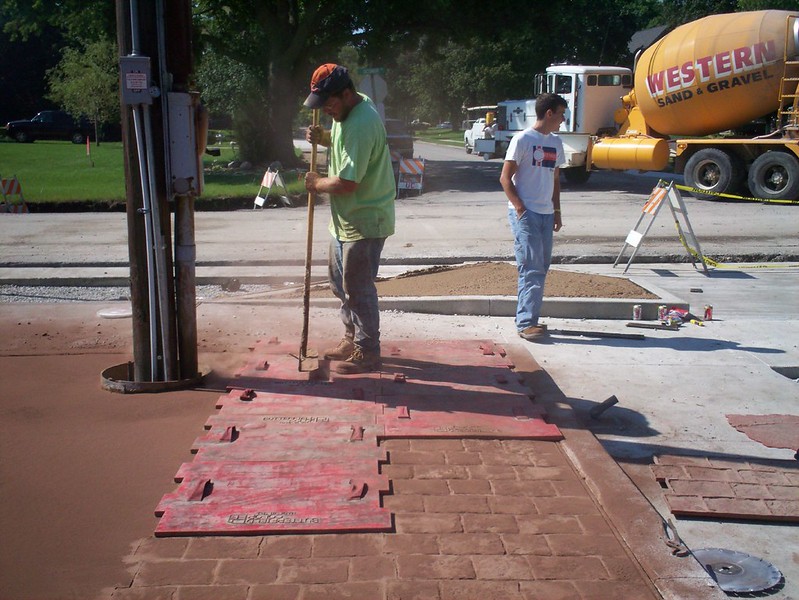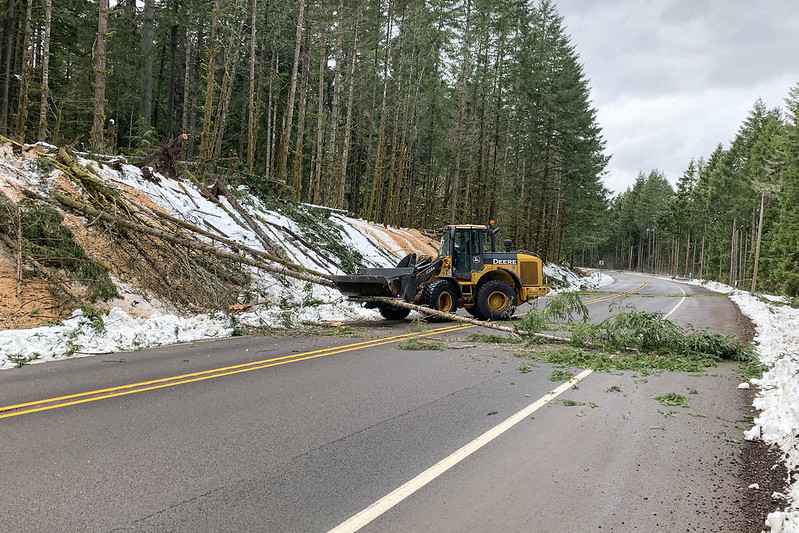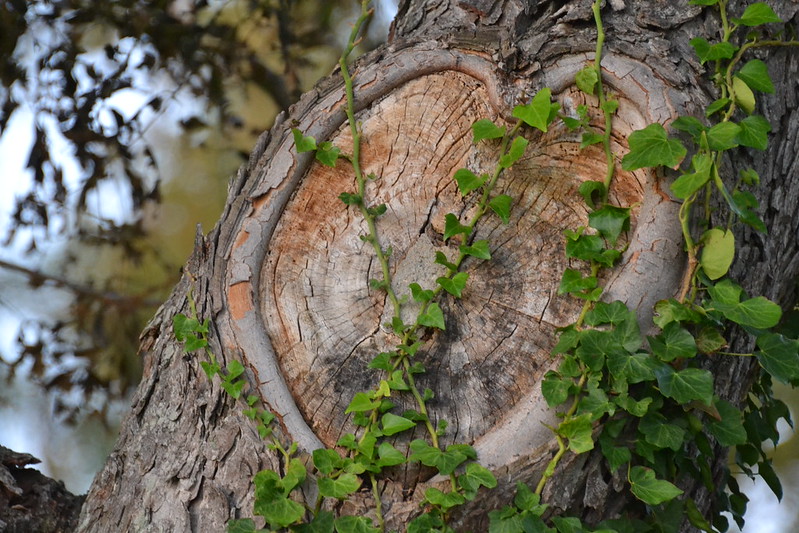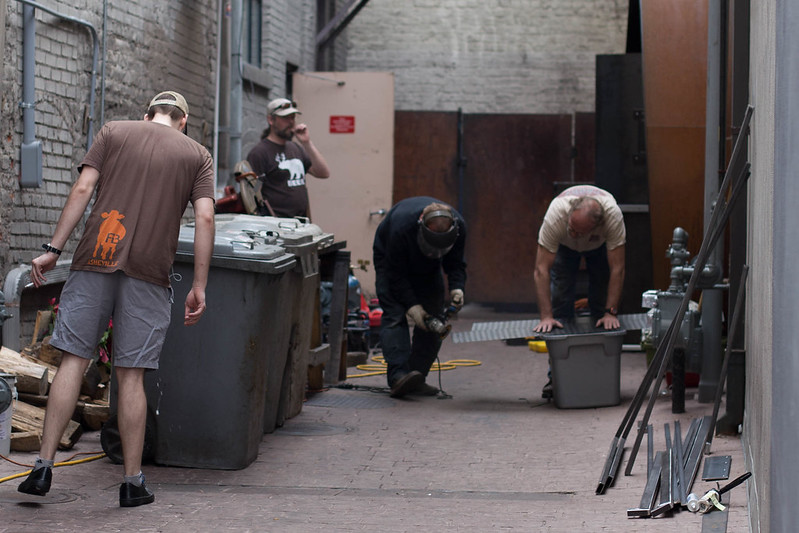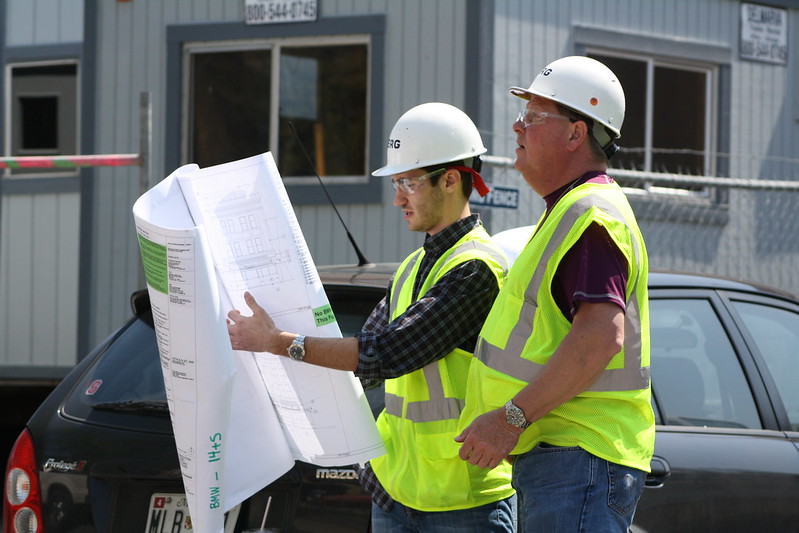Top Concrete Companies in Denver
As a versatile building material, concrete is used everywhere for everything. Be it a residential, commercial, or industrial purpose. Whether it is for building or remodeling, concrete always comes up. One of the things that further makes it versatile is that it is available in many forms. While all these factors make concrete a great material, choosing the right concrete contractor is difficult because there are so many things to look out for. If you live in Denver and have a building project that requires concrete, we have listed the top concrete companies you can use for your project.
Complete Basement Systems:
This is a locally owned concrete company that provides concrete services such as fixing the foundation, basement, crawlspace, and general concrete problems. They help you repair the structural and surface issues that your home or business building may have and offer general basement waterproofing solutions. The company is also adept at construction, insulation, and installation. They are a customer-oriented company that prioritizes open communication with the client over anything else and has proven their service quality with awards.
Concrete Doctor Corporation:
This company is based in Lakewood and provides a wide range of concrete services. They specialize in repairs and restorations, which means you get all your concrete issues fixed at Concrete Doctor. Their services include full-scale repairs, resurfacing, epoxy applications, concrete sealing, hardening, crack and joint repairs, and drain installation. They provide excellent services with a customer-friendly team and operate from Lakewood.
Peak Structural Inc.:
This company specializes in basement waterproofing, foundation construction, concrete repairs, and many others. They carry out extensive diagnostic services on buildings to determine all the issues that need fixing before providing state of the art solutions. Their services cover both residential and commercial buildings, and they advise homeowners on proper maintenance of their homes’ structural features. If you are looking for a concrete company that prioritizes the interest of the customer over everything else, this is who to go for.
JS Custom Concrete and Landscape Design Solutions:
Are you in Denver and looking for a concrete company for your concrete floor finishings? Then, this is the company to try out. They provide decorative concrete, concrete flatwork, stamped concrete, resurfacing, and coating services. The company also helps customers to build custom concrete patios and driveways. You can always get a free estimate before you commit to the project.
Denver Concrete Inc.:
The company focuses on commercial flatwork and residential concrete services. These cover construction, repairs, and replacements of sidewalks, driveways, patios, etc. With over five decades of experience shared among the team, the company has all the expertise to complete your project on budget and on time. They are dedicated to customer satisfaction and even include this as a guarantee in their contract.
Liftech:
This concrete company provides concrete lifting, stabilization, and foundation repair services for homes and commercial buildings. They have licensed specialists in repairing, rehabilitating, leveling, and installing concrete structures. As one of the only three companies in Colorado that are authorized and certified to install polyurethane systems designed for in-ground applications, you will be getting quality service when you choose them.
Conclusion
There are a few other top-rated concrete companies located in Denver, and you can find the closest one and most suitable one for you. For more information on concrete companies call your local contractor with any questions you may have.
